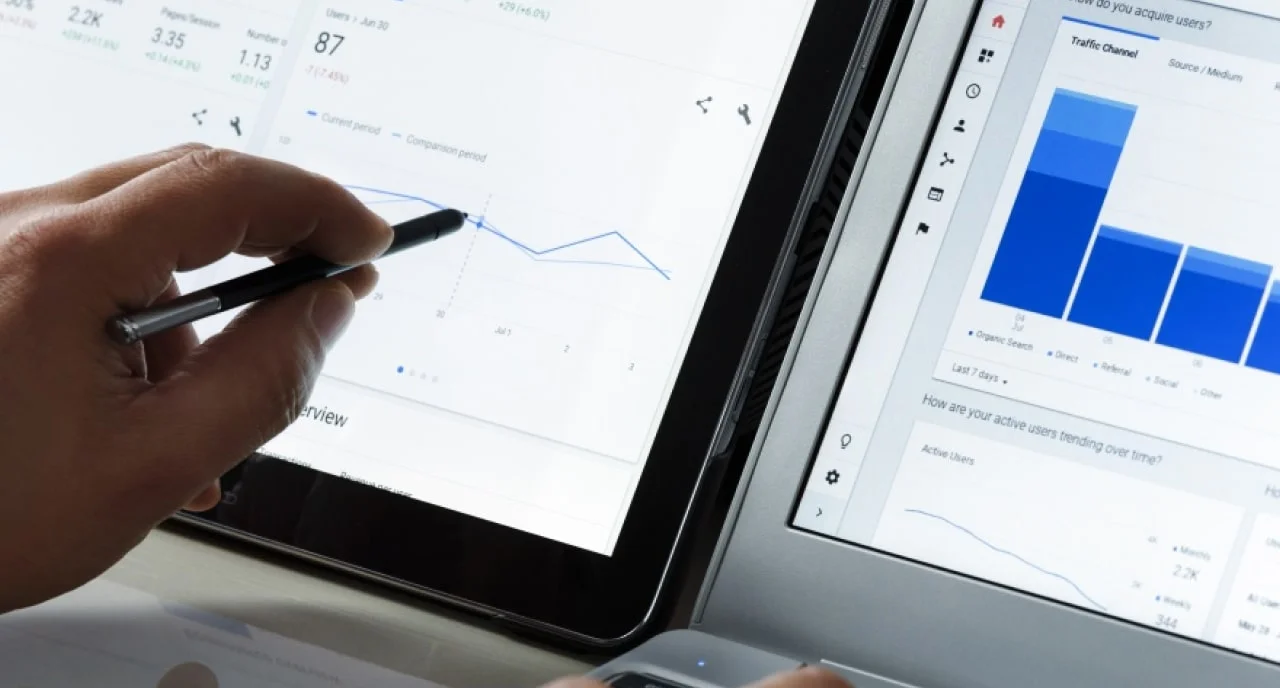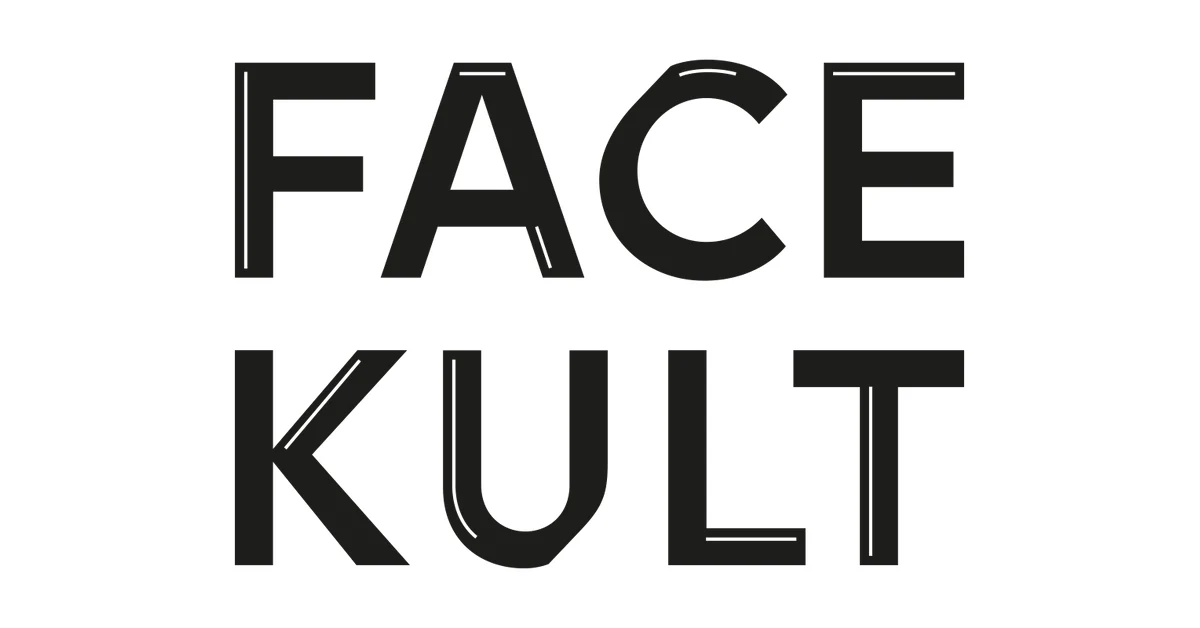
Following the gathering of requirements, the team proceeds to the creation of specifications and an audit of the existing system, in order to best prepare the technical part. This stage is crucial in establishing a robust technical architecture, centralizing the beacons in a single location, and facilitating future management and maintenance of the tracking system.
In the vast majority of cases, the TMS of choice will be Google Tag Manager (GTM). However, depending on specific needs, other solutions may be considered, such as TagCommander or Tealium. The agency's expertise in tracking analytics guarantees optimal integration and configuration of the chosen system.
In this step, a marking plan is drawn up, including the various elements to be followed. This plan is generally quite technical, and aims to enrich the TMS DataLayer. The experts ensure that specific situations, such as "Single Page Apps", requiring special implementation, are detected in advance. The aim is to guarantee the availability of as much relevant data as possible for analytical and marketing tools, including data linked to e-commerce performance.
This stage consists of verifying the correct deployment of the technical tagging plan by testing the data present in the DataLayer. This phase is followed by the deployment of client-side and/or server-side marketing tags. Server-side tracking, available on GTM since 2020, offers a number of advantages, including bypassing ad-blockers and Apple's ITP, enabling more comprehensive data collection. Expertise in this field ensures efficient implementation and accurate debugging of this advanced solution. Once deployed, the team ensures that analytical and marketing tools make full use of the data collected.
Your project's success couldn't be simpler! You make an appointment below, and together we define your objectives and deadline. And we can get right down to work on your project!
+More than 200 projects completed with consistently satisfied customers. Why not join us?
We help a number of companies, SMEs, large groups and agencies to improve the collection, processing and analysis of their web and mobile data.









Do you have any questions?
Here are some useful answers to help you :)
A TMS (Tag Management System) is a tool that centralizes the management of tracking tags on your website. It's crucial because it simplifies the implementation, management and maintenance of your analytical and marketing tags. Google Tag Manager (GTM) is the most commonly used TMS, but other options such as TagCommander or Tealium can be considered depending on your specific needs.
Server-side tracking is an advanced data collection method that processes information server-side rather than client-side. Available on GTM since 2020, it offers several major advantages: it bypasses ad-blockers and Apple's ITP, ensuring more complete data collection. In addition, it improves website performance by reducing client-side load, and offers greater control over data confidentiality.
An analytics audit is an in-depth diagnosis of your existing tracking system. It includes an analysis of your TMS, your analytical tools and their configuration. A full setup, on the other hand, involves the implementation or complete reconfiguration of your audience measurement or advertising tools. This includes creating a tagging plan, enriching the dataLayer, configuring the interface and implementing the necessary trackers.
Enriching the DataLayer is a crucial step, as it enables you to collect and transmit a maximum amount of relevant data to your analytical and marketing tools. A well-structured and enriched DataLayer makes it easier to track user interactions, conversions and e-commerce performance. It also enables greater flexibility in tag configuration and a better understanding of user behavior, which is essential for optimizing your marketing strategies and enhancing the user experience.
Benefit from solid support and improve your performance management.
Book a 15-minute discovery call.